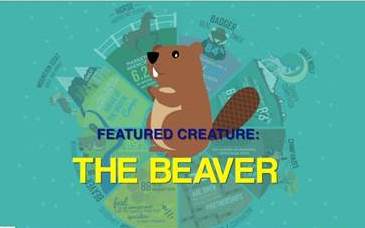Agency New Business Meat And Potatoes-3 Tips Critical To Your Success
On this blog, we try to help agencies, PR firms and marketing services firms improve their new business programs.
We typically draw from our own experiences with clients or data from our reports, but I took a dive into several other companies and their content to reinforce 3 “meat and potatoes” sales tips. We’ve made these same points in the past ourselves, and I don’t say that to be self-serving, but to reinforce each of these from an outside perspective.
Here we go.

First is from Gong, a software company describing themselves as the “#1 conversation intelligence platform for B2B sales teams.” They have some valuable sales content, and interestingly, their software is based entirely (I believe) around sales conversations-on the phone.
In their post, 55 Sales Tips & Techniques That Work Like An Absolute Charm In 2019, they lead off with this on cold calling:
There seems to be a ‘cold calling is dead’ trend floating around these days. But fear of cold calling is going to hold you back. Valuable enterprise buyers don’t come “inbound” often. You have to hunt them with outbound prospecting.
No cold calling is BAD. BUT, prospecting is more than memorizing a cold calling script. Or making hundreds of dials a day hoping that someone agrees to meet with you. It’s more than a mindless numbers game.
The only thing I would quibble with here is the effectiveness of true cold calling. We’re not big proponents of it, but instead employ multiple touches, with value, using multiple channels, in order to make what could be a cold call warmer.
So from their blog, here’s your first critical tip:
Cold calling isn’t about discovery – it’s about selling the meeting.
And they go on to say: In fact, the talk-to-listen ratio for successful cold calls is HIGHER than unsuccessful ones.
There has to be a first step, and too many firms have the mindset that the initial reach out will result in solid gold.
That can happen; in my own prospecting, I’ve hit the timing just right and the first conversation turned out to be far-reaching and in-depth. But that’s not typical.
Your initial prospecting effort is about getting in the door in as qualified a way as you can.
The second tip comes from CLOSERIQ, a “modern recruitment firm that connects top sales talent to the world’s fastest growing companies.”
They also have some solid sales content, and an excellent sales “meat and potatoes” point they bring up in their post, 9 Bad Sales Habits Every Rep Should Avoid, is this:
Don’t send follow-up emails that are just asking for a status update.
A point we’ve brought up in the past and well worth remembering. They go on to succinctly explain why:
It’s tempting to send emails that are “just checking in.” But if you’re doing this, you’re just adding email to the inbox without providing any value in return.
At every contact point with your prospects, you should be adding value. Link to a piece of content, offer new information, and answer questions. Don’t just “check in.”
The “adding value” part being the key here, and granted, that is sometimes tough to continually provide, but you must. If you don’t have your own content, Google and LinkedIn are your friend, find a third-party industry trend or post that relates to their world.
And finally, I read this post (Five reasons why the phone is still critical for sales development) from Matt Heinz, President of Heinz Marketing, and yelled out an AMEN!
More channels = Response Velocity
As Matt points out:
Additional research demonstrates that the more channels you use, the faster you move towards awareness, understanding, interest and engagement. Use the same channel 10 times, it’s easy for your prospects to zone out and ignore it. Use 2-3 channels across that sequence, and the fact that prospects see you in multiple contexts helps their brain remember you better. Seeing your company on caller ID, seeing your voicemail show up in their inbox, hearing your voice (even if they don’t listen to the entire message let alone respond to it) all contributes to that velocity and successful outcome.
Exactly this. It’s a pillar of our prospecting process.
I’ll leave you with Matt’s sequence for reaching out. Your mileage may vary, but I think he presents a sound process here:
Our best practice for lead follow-up includes 13 touches across four channels over 11 business days. That includes four phone calls and voicemails. Through extensive A/B testing, this is the sequence that works. Not a single email, or a single call. A full sequence. Nobody said it would be fast or easy.















